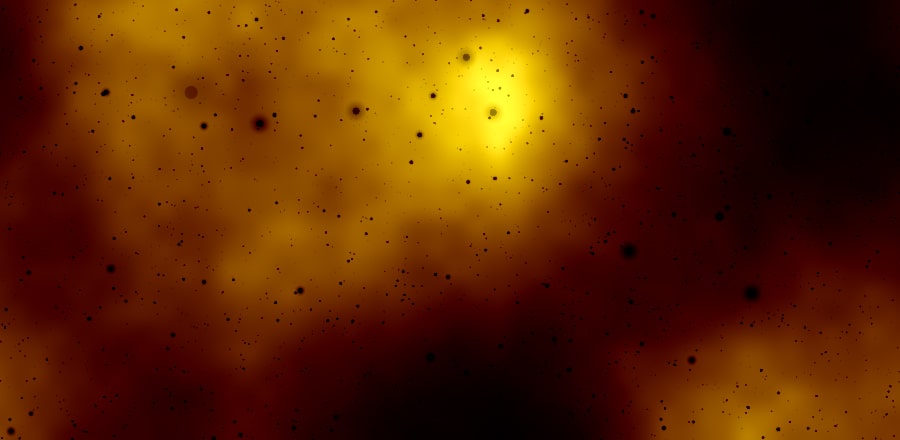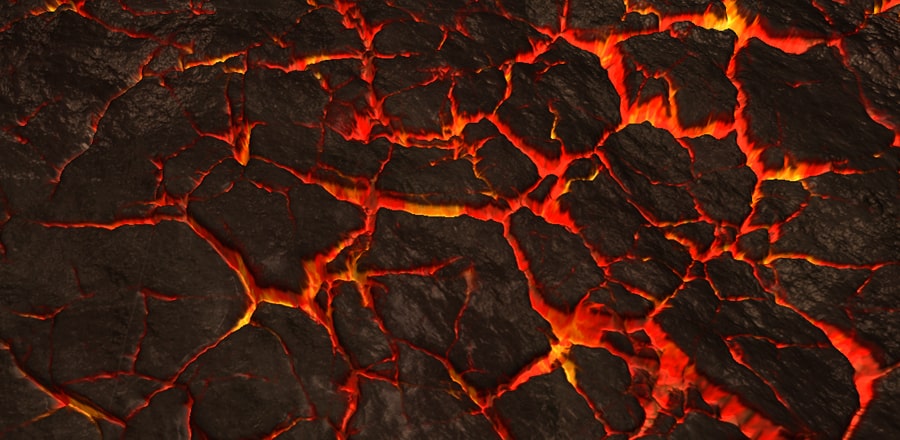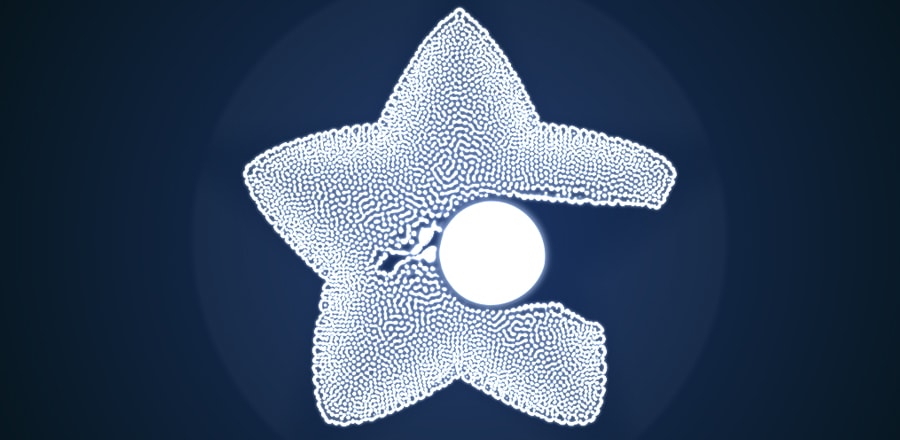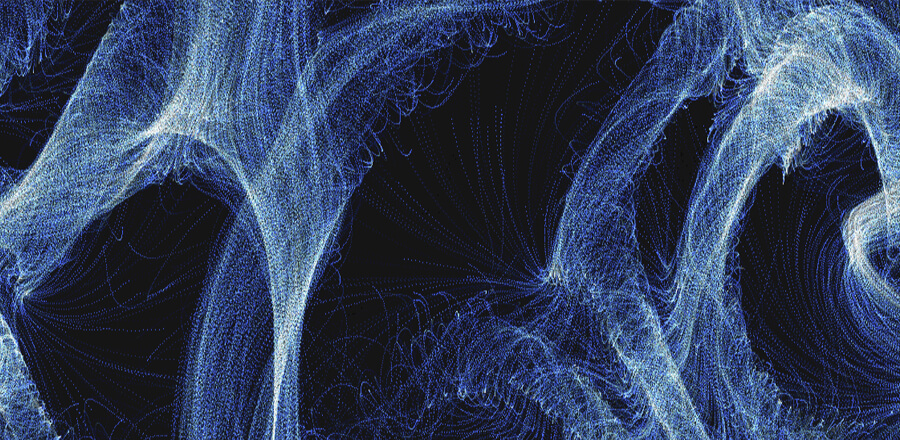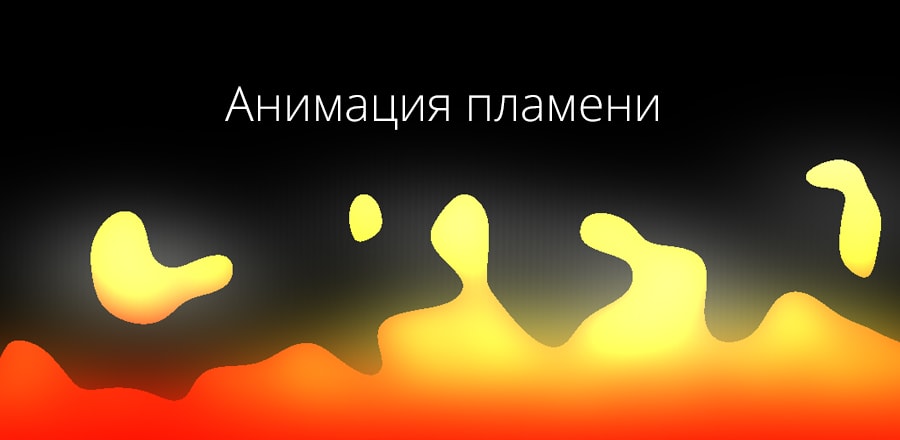Снегопад на шейдерах c three.js
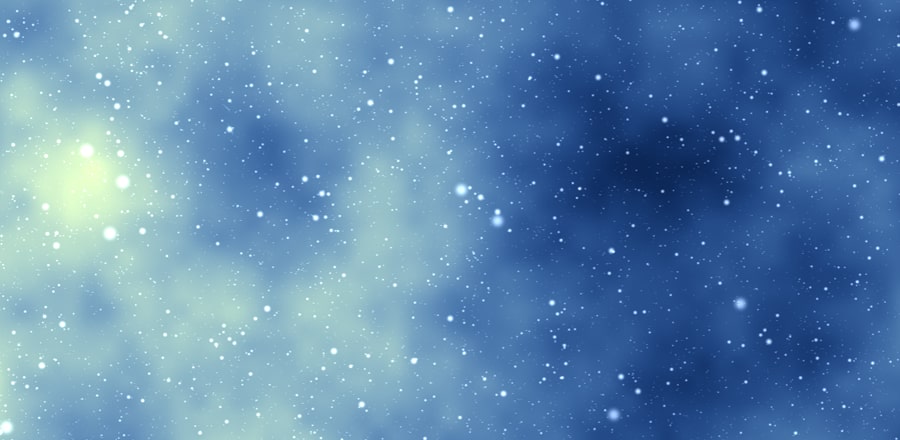 Снегопад на шейдерах c three.js
Снегопад на шейдерах c three.jsHTML
https://s3-us-west-2.amazonaws.com/s.cdpn.io/982762/ccapture.js<script src="https://cdnjs.cloudflare.com/ajax/libs/three.js/88/three.min.js"></script>
<script id="vertexShader" type="x-shader/x-vertex">
void main() {
gl_Position = vec4( position, 1.0 );
}
</script>
<script id="fragmentShader" type="x-shader/x-fragment">
uniform vec2 u_resolution;
uniform vec2 u_mouse;
uniform float u_time;
uniform sampler2D u_noise;
#define PI 3.141592653589793
#define TAU 6.
const float multiplier = 25.5;
const float zoomSpeed = 10.;
const int layers = 10;
const int octaves = 5;
vec2 hash2(vec2 p)
{
vec2 o = texture2D( u_noise, (p+0.5)/256.0, -100.0 ).xy;
return o;
}
mat2 rotate2d(float _angle){
return mat2(cos(_angle),sin(_angle),
-sin(_angle),cos(_angle));
}
vec3 hsb2rgb( in vec3 c ){
vec3 rgb = clamp(abs(mod(c.x*6.0+vec3(0.0,4.0,2.0),
6.0)-3.0)-1.0,
0.0,
1.0 );
rgb = rgb*rgb*(3.0-2.0*rgb);
return c.z * mix( vec3(1.0), rgb, c.y);
}
float hash(vec2 p)
{
float o = texture2D( u_noise, (p+0.5)/256.0, -100.0 ).x;
return o;
}
float noise(vec2 uv) {
vec2 id = floor(uv);
vec2 subuv = fract(uv);
vec2 u = subuv * subuv * (3. - 2. * subuv);
float a = hash(id);
float b = hash(id + vec2(1., 0.));
float c = hash(id + vec2(0., 1.));
float d = hash(id + vec2(1., 1.));
return mix(mix(a, b, u.x), mix(c, d, u.x), u.y);
}
float fbm(in vec2 uv) {
float s = .0;
float m = .0;
float a = .5;
for(int i = 0; i < octaves; i++) {
s += a * noise(uv);
m += a;
a *= .5;
uv *= 2.;
}
return s / m;
}
vec3 domain(vec2 z){
return vec3(hsb2rgb(vec3(atan(z.y,z.x)/TAU,1.,1.)));
}
vec3 colour(vec2 z) {
return domain(z);
}
// The render function is where we render the pattern to be added to the layer
vec3 render(vec2 uv, float scale, vec3 colour) {
vec2 id = floor(uv);
vec2 subuv = fract(uv);
vec2 rand = hash2(id);
float bokeh = abs(scale) * 1.;
float particle = 0.;
if(length(rand) > 1.3) {
vec2 pos = subuv-.5;
float field = length(pos);
particle = smoothstep(.3, 0., field);
particle += smoothstep(.4, 0.34 * bokeh, field);
}
return vec3(particle*2.);
}
vec3 renderLayer(int layer, int layers, vec2 uv, inout float opacity, vec3 colour, float n) {
vec2 _uv = uv;
// Scale
// Generating a scale value between zero and 1 based on a mod of u_time
// A frequency of 10 dixided by the layer index (10 / layers * layer)
float scale = mod((u_time + zoomSpeed / float(layers) * float(layer)) / zoomSpeed, -1.);
uv *= 20.; // The initial scale. Increasing this makes the cells smaller and the "speed" apepar faster
uv *= scale*scale; // then modifying the overall scale by the generated amount
// uv *= 1. + ( ( n*.5 ) * ( length(_uv) ) );
// uv += .5*float(layer);
uv = rotate2d(u_time / 10.) * uv; // rotarting
uv += vec2(25. + sin(u_time*.1)) * float(layer); // ofsetting the UV by an arbitrary amount to make the layer appear different
// render
vec3 pass = render(uv * multiplier, scale, colour) * .2; // render the pass
// this is the opacity of the layer fading in from the "bottom"
opacity = 1. + scale;
float _opacity = opacity;
// pass += n * .5 * mix(vec3(0., .5, 1.5), vec3(1., .5, 0.), opacity);
// This is the opacity of the layer fading out at the top (we want this minimal, hence the smoothstep)
float endOpacity = smoothstep(0., 0.4, scale * -1.);
opacity += endOpacity;
return pass * _opacity * endOpacity;
}
void main() {
vec2 uv = (gl_FragCoord.xy - 0.5 * u_resolution.xy);
if(u_resolution.y < u_resolution.x) {
uv /= u_resolution.y;
} else {
uv /= u_resolution.x;
}
// uv.y += cos(u_time * .1) * .5;
// uv.x += sin(u_time * .1) * .5;
// float n = fbm(uv * 3. - 2.);
float n = fbm((uv + vec2(sin(u_time*.1), u_time*.1)) * 2. - 2.);
vec3 colour = vec3(0.);
// colour = n * mix(vec3(0., .5, 1.5), vec3(1., .5, -.1), n);
colour = n * mix(vec3(0., .5, 1.5), clamp(vec3(1., .5, .25)*2., 0., 1.), n);
// colour -= n*n*n*n*.4;
// colour += smoothstep(.8, 2.5, sin(n*n*n*8.))*.4;
float opacity = 1.;
float opacity_sum = 1.;
for(int i = 1; i <= layers; i++) {
colour += renderLayer(i, layers, uv, opacity, colour, n);
opacity_sum += opacity;
}
colour /= opacity_sum;
gl_FragColor = vec4(clamp(colour * 20., 0., 1.),1.0);
}
</script>
<div id="container" touch-action="none"></div>SCSS
body {
margin: 0;
padding: 0;
}
#container {
position: fixed;
touch-action: none;
}JS
/*
Most of the stuff in here is just bootstrapping. Essentially it's just
setting ThreeJS up so that it renders a flat surface upon which to draw
the shader. The only thing to see here really is the uniforms sent to
the shader. Apart from that all of the magic happens in the HTML view
under the fragment shader.
*/
let container;
let camera, scene, renderer;
let uniforms;
let loader=new THREE.TextureLoader();
let texture;
loader.setCrossOrigin("anonymous");
loader.load(
'https://s3-us-west-2.amazonaws.com/s.cdpn.io/982762/noise.png',
function do_something_with_texture(tex) {
texture = tex;
texture.wrapS = THREE.RepeatWrapping;
texture.wrapT = THREE.RepeatWrapping;
texture.minFilter = THREE.LinearFilter;
init();
animate();
}
);
function init() {
container = document.getElementById( 'container' );
camera = new THREE.Camera();
camera.position.z = 1;
scene = new THREE.Scene();
var geometry = new THREE.PlaneBufferGeometry( 2, 2 );
uniforms = {
u_time: { type: "f", value: 1.0 },
u_resolution: { type: "v2", value: new THREE.Vector2() },
u_noise: { type: "t", value: texture },
u_mouse: { type: "v2", value: new THREE.Vector2() }
};
var material = new THREE.ShaderMaterial( {
uniforms: uniforms,
vertexShader: document.getElementById( 'vertexShader' ).textContent,
fragmentShader: document.getElementById( 'fragmentShader' ).textContent
} );
material.extensions.derivatives = true;
var mesh = new THREE.Mesh( geometry, material );
scene.add( mesh );
renderer = new THREE.WebGLRenderer();
renderer.setPixelRatio( window.devicePixelRatio );
container.appendChild( renderer.domElement );
onWindowResize();
window.addEventListener( 'resize', onWindowResize, false );
document.addEventListener('pointermove', (e)=> {
let ratio = window.innerHeight / window.innerWidth;
uniforms.u_mouse.value.x = (e.pageX - window.innerWidth / 2) / window.innerWidth / ratio;
uniforms.u_mouse.value.y = (e.pageY - window.innerHeight / 2) / window.innerHeight * -1;
e.preventDefault();
});
}
function onWindowResize( event ) {
renderer.setSize( window.innerWidth, window.innerHeight );
uniforms.u_resolution.value.x = renderer.domElement.width;
uniforms.u_resolution.value.y = renderer.domElement.height;
}
function animate(delta) {
requestAnimationFrame( animate );
render(delta);
}
let capturer = new CCapture( {
verbose: true,
framerate: 60,
// motionblurFrames: 4,
quality: 90,
format: 'webm',
workersPath: 'js/'
} );
let capturing = false;
isCapturing = function(val) {
if(val === false && window.capturing === true) {
capturer.stop();
capturer.save();
} else if(val === true && window.capturing === false) {
capturer.start();
}
capturing = val;
}
toggleCapture = function() {
isCapturing(!capturing);
}
window.addEventListener('keyup', function(e) { if(e.keyCode == 68) toggleCapture(); });
let then = 0;
function render(delta) {
uniforms.u_time.value = -10000 + delta * 0.0005;
renderer.render( scene, camera );
if(capturing) {
capturer.capture( renderer.domElement );
}
}